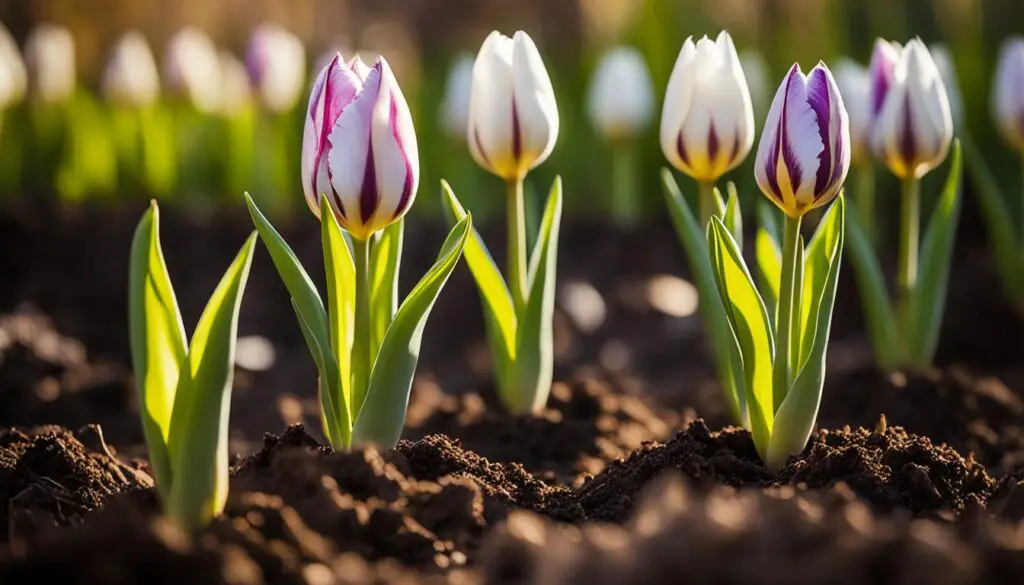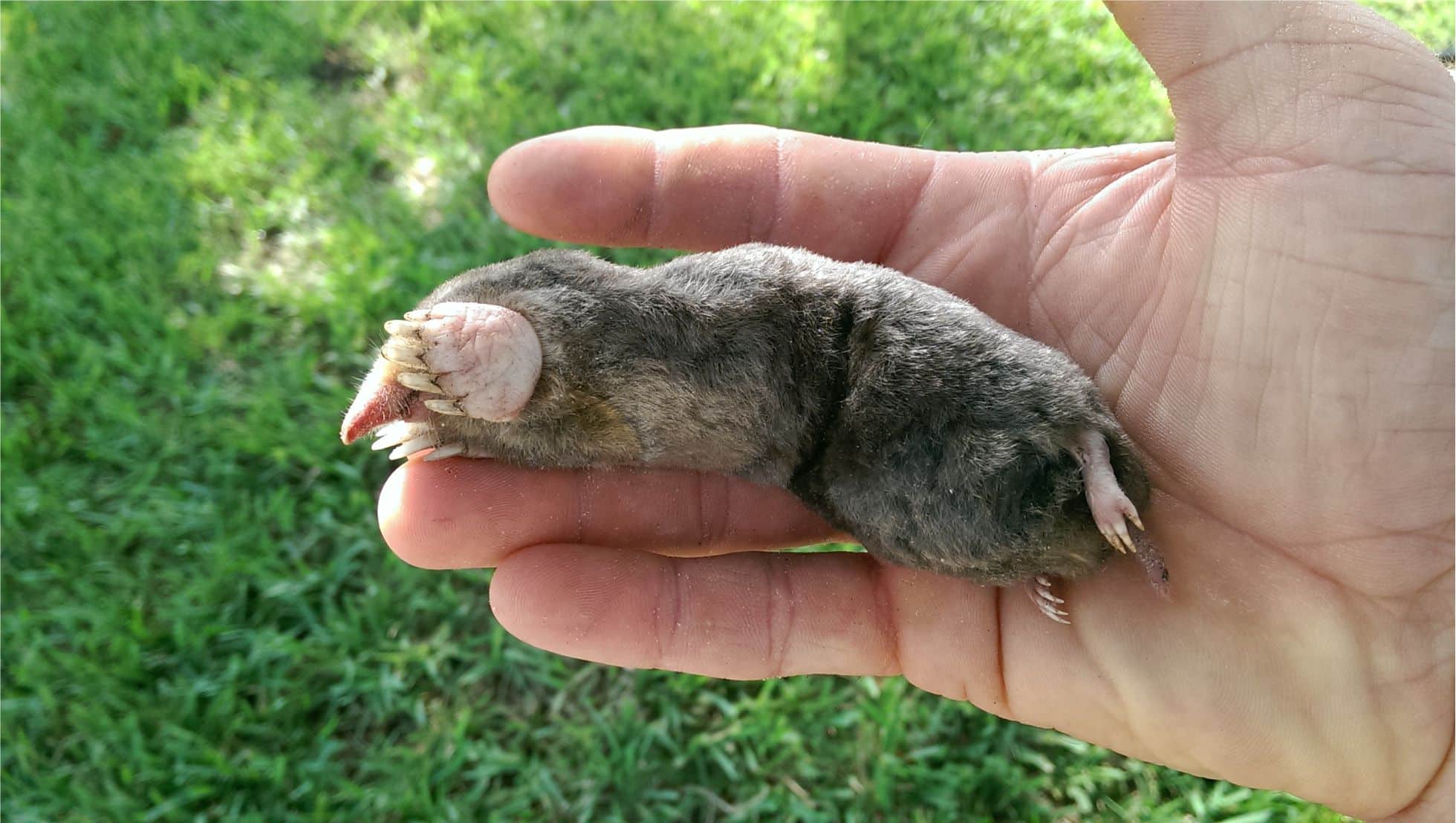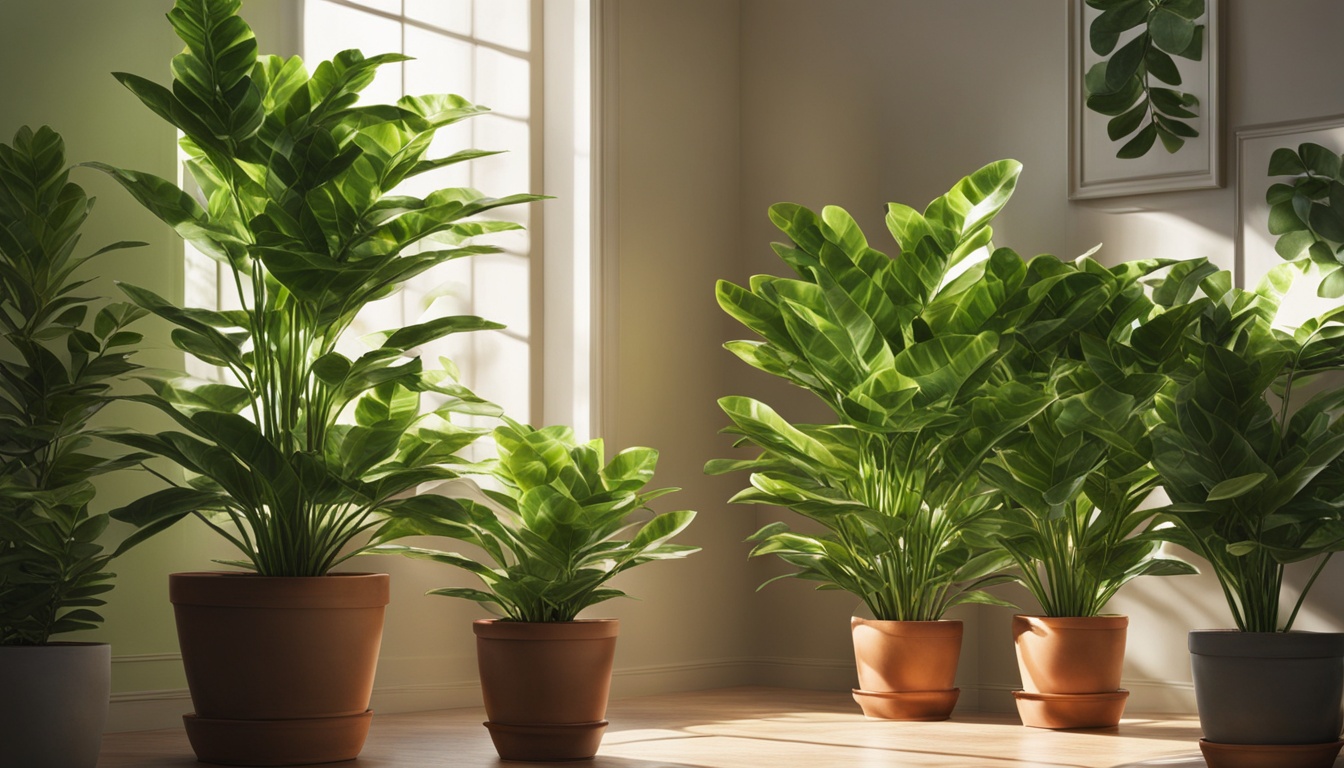Tulips are famous for their bright colors and come in many types. They bloom in the spring and can make your garden look amazing.
With the right steps for planting and care, you can enjoy tulips in your garden too. This guide is for everyone, whether you’re new to gardening or have been doing it for years.

Key Takeaways
- Tulips need full sun, well-draining soil, and a chilling period in the fall to bloom in the spring.
- You can plant tulips as annuals or perennials, with some types better for coming back year after year.
- It’s important to plant and care for tulips the right way to get healthy, colorful blooms.
- Tulips have many colors and sizes, giving you lots of options for your garden.
- Knowing when and how to plant and care for tulips is crucial for their success.
Grow A Tulip and Care: Planting and Growing Tips
Tulips bring a burst of color to gardens in spring. To grow these beautiful flowers, you need to know how to plant and care for them. We’ll cover the key steps for planting, growing, and keeping tulips healthy.
When to Plant Tulips
Plant tulip bulbs in the fall, 6 to 8 weeks before the ground freezes. This lets the bulbs get strong roots and prepare for spring.
Make sure they’ll survive the winter by checking your local climate. Tulips grow best in USDA hardiness zones 3 to 8.
How to Plant Tulips
- Choose a spot that gets full sun and has well-draining, rich soil.
- Dig holes 8 inches deep and space bulbs 4 to 6 inches apart.
- Put the bulbs in the ground with the pointy end up and water well.
- For a big look, dig a circular hole 6 inches deep and plant 10 bulbs together.
- For big tulips, dig a 3-foot wide, 6-inch deep trench with irrigation lines for watering.
Growing and Caring for Tulips
After planting, tulips need little care. Water them once after planting and again in the spring as they grow.
They don’t need fertilizer, but a special bulb fertilizer can be used at planting time. Cutting the flowers at the bud stage can make them last longer in a vase.
Tulips are a great addition to any garden. With these tips, you’ll enjoy a beautiful tulip display every spring. Happy gardening!
Tulip Harvesting and Cut Flower Care
Harvesting and caring for tulips as cut flowers is a delicate art. It can make these vibrant blooms last longer. There are key things to remember to keep your tulips fresh and vibrant.
Timing is key when harvesting tulips. The bulbs need at least 6 weeks of cold weather to bloom well. Make sure to harvest the whole plant, not just the flowers.
You can store bulbs dry for up to 2 weeks in a cooler before replanting or using them in arrangements.
After cutting tulips, proper care is vital. Store-bought tulips usually last 4 to 5 days. Homegrown ones can last up to a week and a half in a vase.
To keep tulips looking good, wrap their tops in paper and put them in water upright.
The flowers might grow more in the vase, sometimes up to 6 inches or more. So, it’s important to keep the water level topped off every day.
Using a flower preservative can make tulips last longer in a vase. It helps keep the colors bright and prevents the stems from bending or curving.
Also, remove any foliage below the water line and keep the flowers out of direct sunlight and drafts.
| Tulip Vase Life | Store-Bought | Homegrown |
|---|---|---|
| Vase Life | 4 to 5 days | Up to 1.5 weeks |
By following these simple tips, you can make your tulip arrangements last longer. These beautiful flowers will stay vibrant and fresh for a longer time.

Pests, Diseases, and Other Problems with Tulips
As a tulip grower, I know how important it is to watch out for pests and diseases. These can harm the health and beauty of tulips. Issues like Botrytis blight and Tulip Breaking Virus are common challenges.
Common Tulip Pests
The bulb nematode is a big problem for tulips. It makes plants turn yellow, wilt, and have soft bulbs. Tulip stem nematodes can also harm bulbs, causing them to look squishy and brown.
Tulip Diseases to Watch Out For
Tulips can get many diseases, each with its own cause and treatment. Botrytis blight, or tulip fire, is a fungal disease that can hurt many parts of the plant. It’s a big issue for tulips grown for sale.
Pythium root rot mainly hits young bulbs and seedlings. It turns roots and roots color, stops growth, and causes plants to fall over. Crown rot, caused by Sclerotiium delphinii, looks like reddish stems and leaves with white threads on the stem and bulb.
Viral diseases like Tulip Breaking Virus and Tobacco Necrosis Virus are also big problems. The Tulip Breaking Virus comes from aphids and makes tulips look streaked. Tobacco Necrosis Virus affects tulips and beans, causing spots on bulbs, stunted growth, and twisted stems.
FAQ
What are tulips and what do they require to grow?
Tulips are famous for their spring blooms and come in many colors and sizes. They need full sun, well-draining soil, and a cold period in fall to bloom in spring. You can plant them as annuals or perennials, with some types better for coming back year after year.
When is the best time to plant tulips?
Plant tulips in the fall, 6 to 8 weeks before the ground freezes.
How do I properly plant tulip bulbs?
Tulips love full sun and soil that drains well and has lots of nutrients. When planting, dig holes 8 inches deep (or 3 times the bulb’s height) and space bulbs 4 to 6 inches apart. Put the bulbs with the pointy end up and water well after planting.
How do I care for tulips after they are planted?
For healthy, bright tulips, it’s key to plant them right and take good care of them. They need full sun and soil that drains well and has nutrients.
When is the best time to harvest tulips for cut flowers?
Tulips are great for cutting, but harvest them when the buds are about to open. Leave some leaves on the stem when you cut them.
How do I care for cut tulips in a vase?
Cut the stems at an angle and put them in a vase. Turn the vase every day to keep the stems straight. Tulips can last about 7 days in a vase if you change the water daily.
What are some common pests and diseases that affect tulips?
Tulips face many pests and diseases. Aphids, thrips, and bulb mites are common pests. Look out for tulip fire, Botrytis blight, and viruses as diseases.



